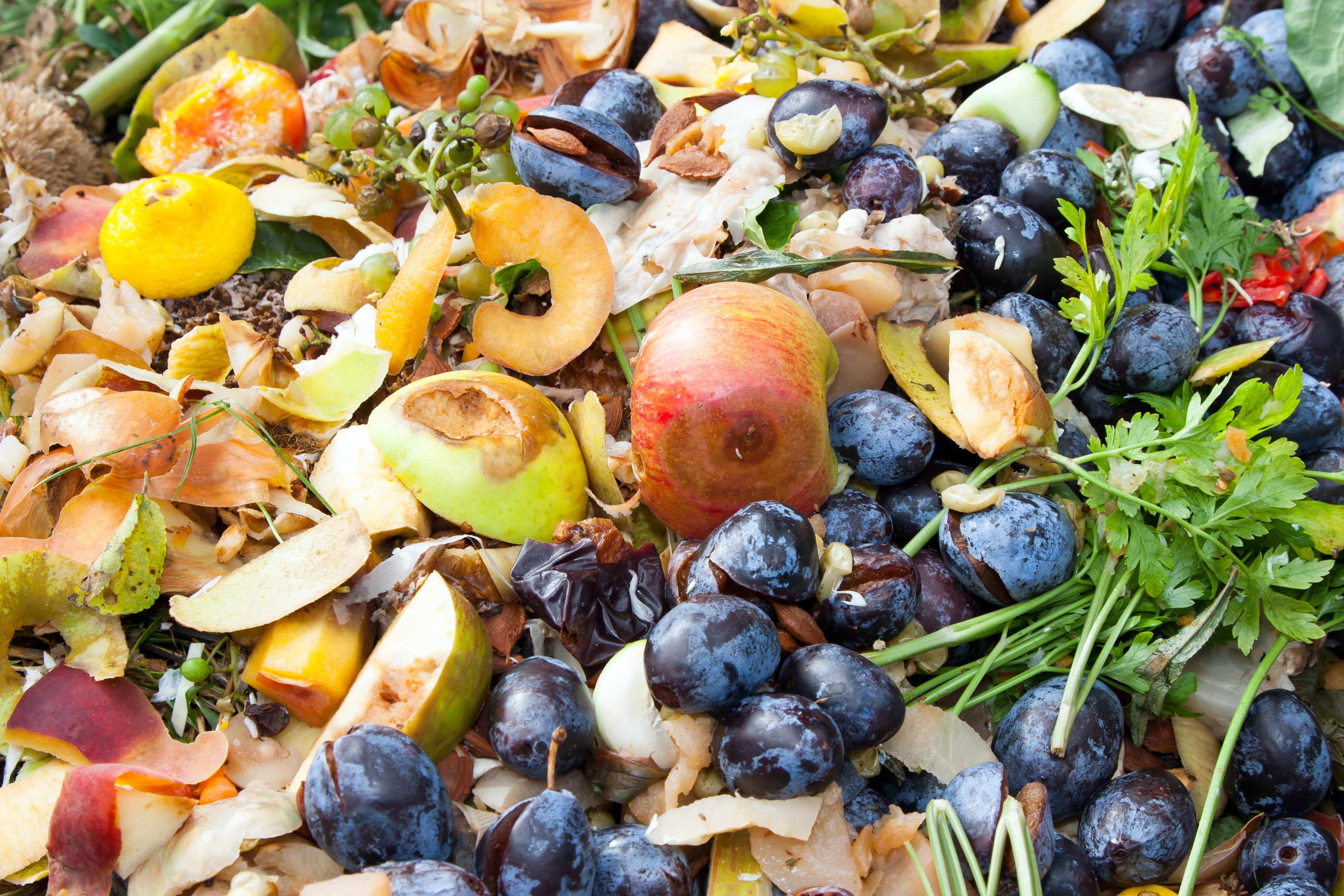
We all know that feeling when we eat a meal out, look at the menu, and know for a fact that at least half of those appetisers will be ordered for the table. For people like me, shameless doggy baggers who proudly ask our servers to pack up the one remaining spoonful of seafood risotto, this is not a problem. Yet there is also a huge proportion of diners that take no joy in 4am leftovers and, sadly, most of that uneaten Lamb Wellington and the majority of that carbonara, ends up in the scullery.
A restaurant can generate more than 30,000 pounds of waste from edible innovations a year. So where do the thousands of hefty bags from hotels, restaurants, casino, universities and corporate cafeterias end up? Mostly, it ends up in landfills and that reality carries a cost to the operators and to the environment.
Taking out the trash
Food service operators have typically paid to have their organic waste, or wet waste, disposed of in landfills along with the rest of their trash, but with fees for hauling, fuel and environmental surcharges, landfill fees, and an endless stream of waste disposal regulations, taking out the trash is getting expensive. Beyond the financial cost, dumping wet waste in landfills is environmentally undesirable and unsustainable. It depletes the limited landfill space, creates odour, and generates dangerous methane gases. Food waste in landfills is a major contributor to global warming, constituting almost a quarter of all methane gas emissions. The question then is how do we deal with wet waste in an eco-friendly, cost-effective manner?
Foodservice operators are being introduced to industrial composters, pulpers, dehydrators and digestors, all new technology offering contemporary solutions to the complex issue of wet waste management.
These technologies aim to reduce wet waste sent to landfills. Each of these types of product processes wet waste differently, with some being batch fed and some continuous feed. The batch feed systems still require holding and transportation. Digestors, made by manufacturers such as EnviroPure, allows for the continual feed of wet waste. These digestors require no further holding or transportation, and the ecofriendly products go down the drain.
Trash talk
“Foodservice operators face a wealth of challenges when it comes to waste, and many factors can impact how they choose a disposal solution,” says Jim Slanina, president of EnviroPure Systems, a self-contained disposal system that converts food waste into sewer-safe grey water. “Not only does the solution need to meet any local regulations and sustainability goals, but it should also to fit the facility’s space and workflow. It’s our goal with EnviroPure to streamline the organic waste disposal process to reduce costs and increase efficiency.”
In selecting a wet waste solution ask yourself the following questions. Is this a “batch” or “continuous” feed machine? How do I handle or do I handle the byproduct? What are the electrical requirements? What is the overall effect on the environment? What is the ROI? Answer these questions to select a system that is best suited for your operation.
These technologies allow foodservice operators to spend less time and money on daily waste management and allow for a cleaner kitchen and cleaner ecosystem. The food industry may be constantly changing, but it will always be true that customers appreciate a cleaner kitchen and a cleaner environment.
Tom Dumont is partner and sales representative at Integra-Marketing
